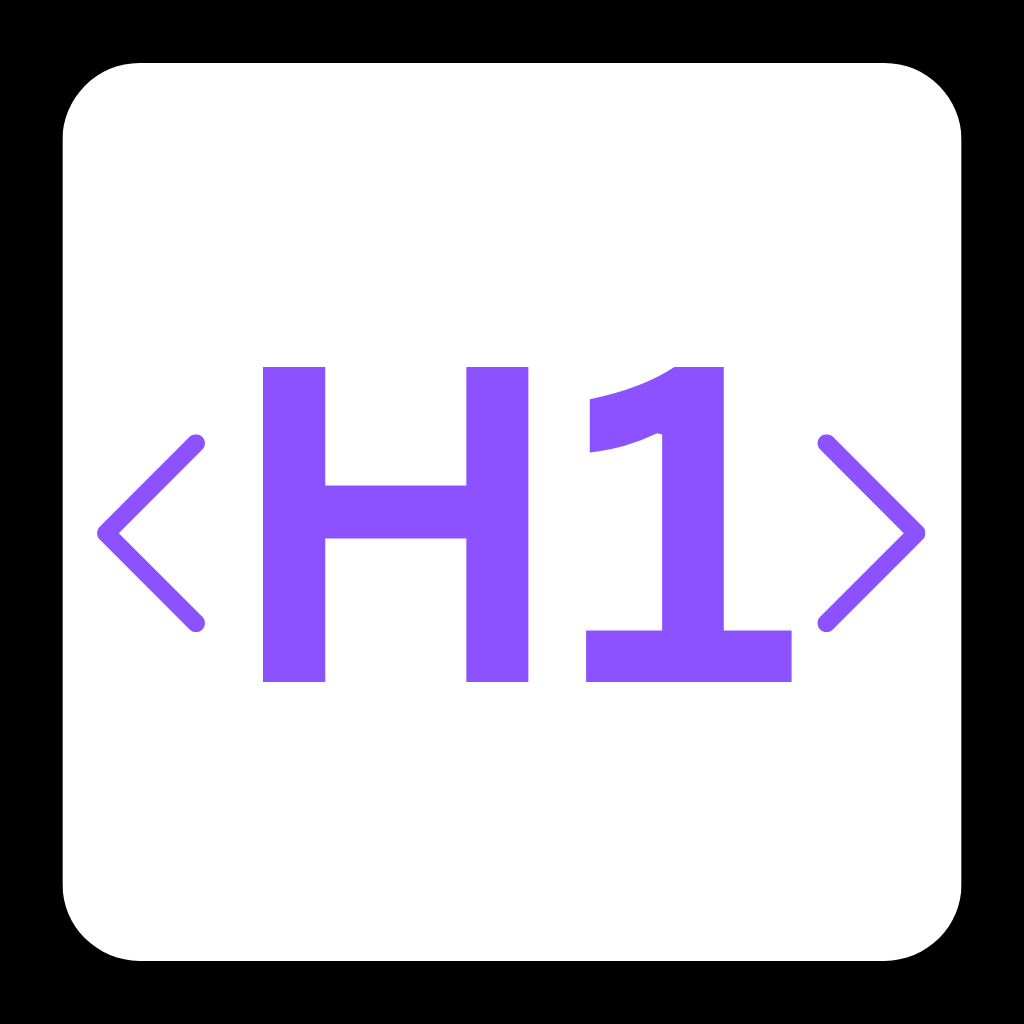Is Microsoft Building the Future of the Internet with 50+ AI Agents?

Microsoft just declared war on passive AI—and the stakes couldn’t be higher. At its Build 2025 conference, the tech giant unveiled over 50 tools to create an “agentic web” where AI doesn’t just answer questions but makes decisions, collaborates, and solves problems autonomously. From accelerating drug discovery to rewriting how we code, this vision could redefine our relationship with technology. But can Microsoft pull it off without creating chaos? Let’s dive in.
🤖 The Problem: Today’s AI Is Still on Training Wheels
- 🕒 Reactive, Not Proactive: Current AI tools like ChatGPT) wait for prompts—they don’t initiate tasks or “think” ahead.
- 🧠 No Memory, No Context: As Microsoft CTO Kevin Scott noted, today’s AI lacks persistent memory, making personalized assistance impossible.
- ⚙️ Workflow Fragmentation: Complex tasks (like drug discovery) still require human orchestration across multiple systems—a process that took years but was reduced to 200 hours in a Microsoft experiment.
✅ Microsoft’s Agentic Revolution: 5 Game-Changing Tools
- GitHub Copilot Goes Autonomous ✅
No more code suggestions—this AI agent refactors code, fixes bugs, and implements features like a human developer. It’s now open-source in VS Code, letting developers shape its evolution. - Azure AI Foundry’s Multi-Agent Systems ✅
Businesses can now deploy teams of specialized AI agents working together. Microsoft VP Ray Smith revealed this approach improves reliability by breaking tasks into maintainable parts. - Local AI with Windows AI Foundry ✅
Run agents directly on devices (even Macs!) using ONNX Runtime—ideal for privacy-sensitive tasks. “Client-side AI is advancing faster than we predicted,” admitted Microsoft’s Steven Bathiche. - Microsoft Entra Agent ID ✅
A “social security number for AI” to prevent “agent sprawl.” Every corporate agent gets a unique identity for secure governance. - Microsoft Discovery: Science at Warp Speed ✅
This platform screened 367,000 chemical candidates in 200 hours to find a eco-friendly data center coolant—a process that traditionally takes years.
🚧 Challenges: The Dark Side of the Agentic Web
- ⚠️ Agent Anarchy: Unchecked AI agents could create security blind spots or conflicting actions without tools like Entra ID.
- ⚠️ Interoperability Wars: While Microsoft backs open standards like Model Context Protocol (MCP), competing ecosystems (Google, OpenAI) might fragment the agentic web.
- ⚠️ Ethical Quicksand: Autonomous agents making decisions with “corporate memory” (e.g., your work AI knowing trade secrets) raises data ownership questions.
🚀 Final Thoughts: A New Internet—If We Survive the Transition
Microsoft’s strategy mirrors its cloud playbook: dominate infrastructure while preaching openness. Success depends on:
- 📈 Balancing Power & Control: Will enterprises trust Microsoft as both AI toolmaker and cloud gatekeeper?
- 🤝 Standardizing the Wild West: MCP and NLWeb need industry buy-in to avoid another browser wars scenario.
- 🔐 Privacy vs. Personalization: On-device AI helps, but agents that “know you deeply” could creep users out.
As Microsoft CTO Kevin Scott reminisced, “The last time I was this excited was the 90s—it feels like playing with building blocks again.” But this time, the blocks are alive. What do YOU think: Will AI autonomy unlock human potential—or create new dependencies?
Let us know on X (Former Twitter)
Sources: Michael Nuñez. Microsoft announces over 50 AI tools to build the ‘agentic web’ at Build 2025, May 19, 2025. https://venturebeat.com/ai/microsoft-announces-over-50-ai-tools-to-build-the-agentic-web-at-build-2025/










